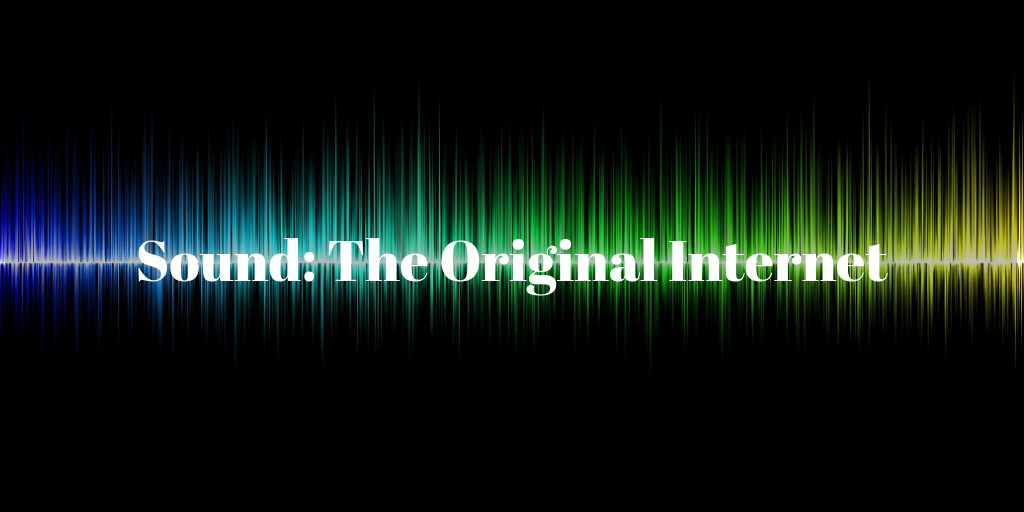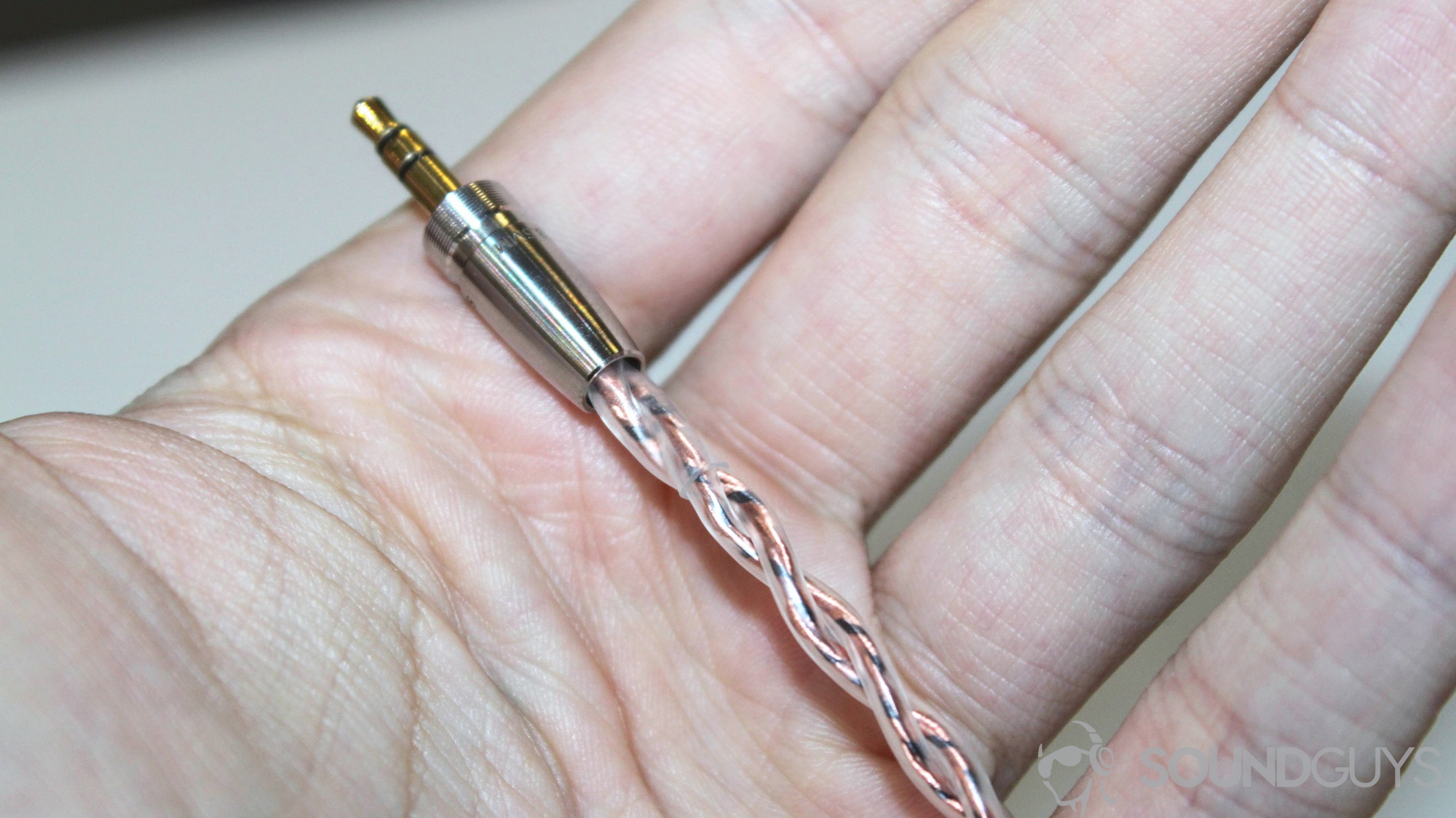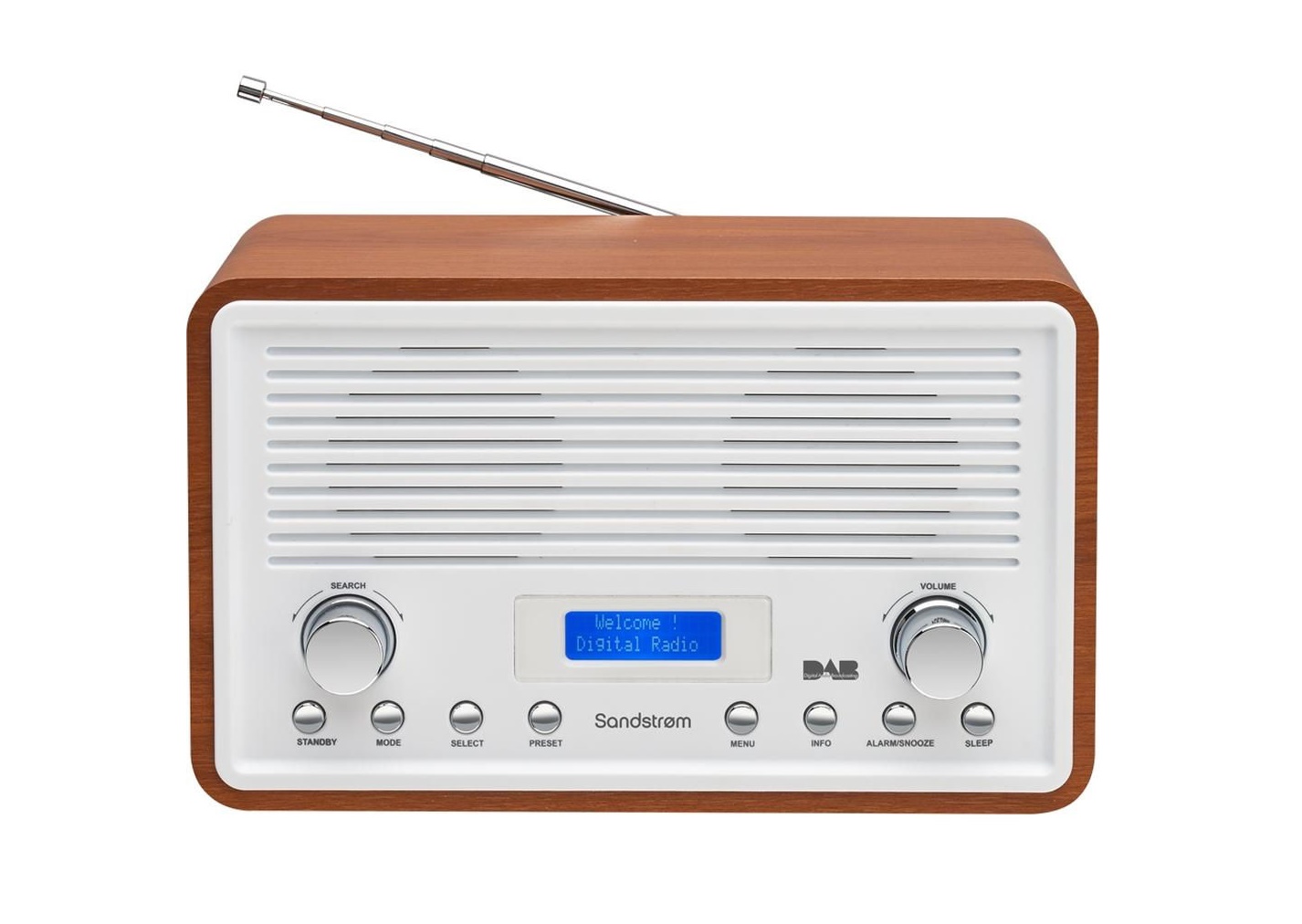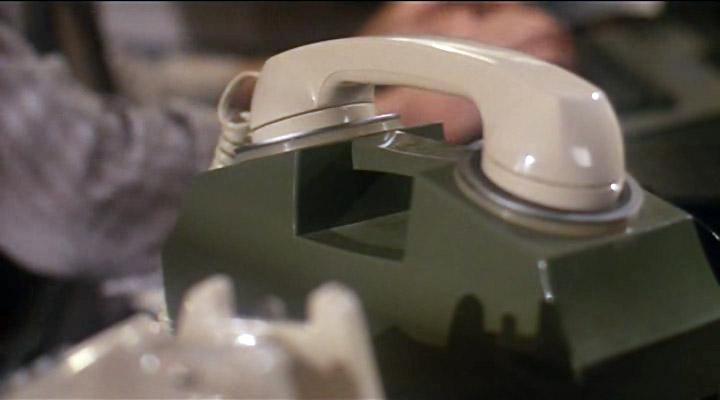All products featured are independently chosen by us. However, SoundGuys may receive a commission on orders placed through its retail links. See our ethics statement.
Podcast: Sound: The Original Internet
Published onSeptember 20, 2018

Check out the SoundGuys Podcast on iTunes! This episode “Sound: The Original Internet” can be downloaded here. Below is a full transcript of the podcast. Be sure to subscribe to iTunes for more episodes!
Ahh sound. The basis for most language and genesis of quickly sending a ton of information around the globe. While the family of sign languages and print are super cool in just about every way (seriously, the morphology of ASL is great to geek out over), it’s actually sound that connected the world. So how does a force that decays quickly over short distances link Tunisia to Toronto, England to Ecuador, and us to you?
…and why is it the reason why so much of our telecommunications grid is deeply rooted in the late 1800s?
Telephone and loudspeaker
Before the invention of the electric telegraph, communicating with someone across great distances meant yelling real loud, or mail. And not just any mail: but snail mail. Transportation was abysmally slow compared to the options we have today, and it took weeks or even months to get even a short letter to where it needed to go. There weren’t aircraft, automobiles, or even modern advancements in ship design.
But the 1800s saw all that change with the telegraph, and then the electric telephone. Where you once had to send a hand-written note on paper to its uncertain fate to communicate across great distances, you could now send an electric signal across the country that could outpace any horse. But telegraphs required training in code, and that took time and money. In order to send a message, you needed a telegraph machine, an operator, a network, another telegraph machine for your message’s recipient, someone who knew Morse code to translate the message, and your recipient. That’s a lot of effort and money for a time when cash wasn’t exactly something you wanted to spend a lot of.

Though the telegraph created the first commercial poles in civilian areas, it was the telephone that dumped gas on the fire of interconnecting human beings. There wasn’t any special training or extra steps required to use this new device — outside of switchboard operators — and there wasn’t any time lost to coding and recoding your message, you could just speak into the receiver, and your friends on the other line could hear you.
Though the telephone’s development was largely driven by businesses looking to generate more profits, the device’s entry into the market changed the game. The telephone quickly replaced the telegraph as the primary means of communicating over great distances, with over 3 million units in service By WWI, connecting private homes and businesses alike.
But, hearing your loved ones required more than just a device and some wire, you need a microphone, and a speaker too. That’s the reason why it took 30 years from the telegraph to the telephone; there was a lot of development needed to make the leap.
Bell labs invented the original loudspeaker used in telephones. That same design is still used in some headphones today.
So what needed inventing? Bell labs’ telephone included the invention of the loudspeaker as part of the device, which used analog signals to generate sound in a dynamic driver. Its crude yet effective design was so successful, that many headphones today have elements of that original design hidden behind all that plastic. Additionally, a microphone was needed to record and convert sound into electrical signals, which confused and frustrated many at the time. Finally, you had to be able to send that electrical signal where the sender wanted it to go, which required amplifiers, switchboards, and different ways to connect phones.
Make the connection
Once sending an electrical transcription of human voices was not only possible, but common, the floodgates opened on communication over long distances. The genesis of the telephone spurred the development of a lot of the pieces of tech we use today. For example, telephone wires were the first to carry signals to personal households became the first carrier for the internet… which we’ll get into later. The speaker in the handset spawned the designs of loudspeakers of today, and the TRS plug—albeit, a less miniature version than what you’re used to—also was created to make switching phone calls at an operator’s station easier. That TRS plug became the headphone jack we know and love in today’s – well actually yesterday’s – phones.
Betcha didn’t make the connection that the reason your old headphones have that funky analog plug is because the first headphones ever manufactured were used with telephone switchboards, didja? … get it? Make the connection?
Anyway…it’s an ancient piece of tech by today’s standards, but one that’s been relatively unchanged for over a hundred years. Why fix what ain’t broke, eh?
But telephones simply weren’t enough to satisfy the human need for mass communication, and the need to transmit sound pushed even more advancements forward.
Radio
Whether you tune-in to an AM or FM broadcasting channel, we’ve all listened to Jane and Joe Talkinghead shoot the breeze during rush hour. You can hardly step foot into a car without being faced with a built-in radio. But this technology wasn’t always ubiquitous.
Initially, radios were dependent on antennae to convert energy into transmittable signals. This was a power hungry, inefficient process. In 1947, though, Bell Labs held a demo of the transistor. Yes, the same Bell Labs that included the loudspeaker in the telephone.
Instead of using vacuum tubes to amplify signals, transistors could put more efficient, durable, and compact devices in the hands of consumers. And boy oh boy did they.

Take the first commercial transistor radio. The Regency TR-1 was a joint development by Texas instruments and the Industrial Development Engineering Associates of Indianapolis. It weighed in at 12 ounces, and in just a year, the TR-1 had sold around 100,000 units. Although Transistor Radios review was critical of the TR-1, there’s no doubt that its invention kicked open the door for subsequent models like the Sony TR-55 and TR-56.
What’s more, a year later Chrysler included a transistor car radio in its Mopar 914HR, and transistor radios began permeating pop culture. Novelty radios were a hit, and the technology was referenced in songs, books, and movies.
But it wasn’t all about being a passive listener. People learned that you could transmit code so others could download data over the radio. In 1983, George Halladay addressed Radio West’s broadcast: the first to “transmit data information” for computer programming in a series titled Datarama.
*Datarama code noises*
Those noises you just heard were parts of a coded transmission: they’re sound files that when analyzed with the right decoder, will produce something that can be read by a computer.
This broadcast allowed listeners to produce blocky image of then-actress Cheryl Ladd. But how did it work? Well, if you tuned in with the right equipment, you could receive the transmission one of two ways: directly through a radio that would send it to your computer or via a cassette player. Eventually Datarama shared minigames and more complicated applications.
Radio West wasn’t the only station playing around with data transmission, though. In 1983, Simon Goodwin—co-presenter of The Computer Club on Radio Wyvern—used BASIC to program a broadcasted animated Christmas card. Goodwin quickly realized that it was easier to download over FM channels rather than AM, due to FM’s greater allotted bandwidth.
Soon enough, the modem pushed out this quaint mode of data transfer, rendering it virtually obsolete.
Modem
Christmas cards were one thing (I mean who wouldn’t want a fat santa sent to them through FM radio?), but what if you needed to send something a little more important. Something that’s a secret. And no, I don’t mean that embarrassing photo you have of your best friend at the last christmas party. I mean top-secret. Like, if-this-got-into-the-wrong-hands-it-could-start-a war-secret.
That’s what the military was dealing with during the Cold War in the ‘50s. Specifically when the Air Force was trying to send messages internally, they needed a way to make sure that information didn’t get into the wrong hands. Taking advantage of the phone lines that were already in place across the country, they used an early version of the modem to send messages between bases.
A modem is short for modulate-demodulate. It scrambled up the sounds to a garbled mess on one end, sent that through the phone wires, and was unscrambled on the other end. Still, it took another few years for the first commercially available modems to become available. It was in 1959 that Bell Labs, yes THAT same Bell Labs, introduced the Bell 101 which had a whopping speed of 101 bits per second and was the size of a giant record-player/small minifridge. But it was quickly replaced by its successor, the Bell 103 modem in 1962 which had an even more mind-blowing speed of 300 bits per second.

Not GB (or gigabyte), not MB (or megabyte), not even KB (or kilobyte)…just b. Which, if you know the difference between bytes and bits, you’ll know that a bit is 8 times smaller than a byte. So a speed of 300 bits per second is the equivalent of today streaming something at 0.0375KB/s. For reference, the lowest quality setting on Spotify 160 Kb/s.
Okay, math time is over I just wanted to get across to you how far we’ve come because like any technology, or your favorite wine, it improved over time. By 1989 we were up to 24k modems and by 1998 we broke into 56k territory, which brought us this beautifully frustrating, magical sound…
*Modem handshake*
Didn’t you ever wonder what that sound was? Or why it occurs? It’s the sound of the early internet. It’s the process that allowed digital data to be transferred over analog telephone lines. Let’s break it down real quick. The first and most important step was to yell at everyone in the house and inform them of what you were going to do, because if anyone picked up the phone during this process their ears would be treated to a series of loud, screeching, unpleasant sounds. Plus, they wouldn’t be able to make a phone call because the modem was going to be using the telephone lines. After you’ve successfully warned/kicked off your family from the phones, then you can move forward.
First, you’d get the dial tone, which now that I think about it might even be a rare sound to hear today in the age of smartphones. Then your modem dials a number. What number? 1-570-234-0003 which was the central hub in Pennsylvania with an answering modem (hence the name dial-up internet). From there, you’ll hear these alien tones that tell the modems the speeds at which they can communicate. The next series of tones and beeps were the two modems figuring out the parameters of the connection, things like databit number and symbol rates. This was called the handshake. Think of it like haggling between our robot overlords and then them reaching an agreement. Finally (hopefully), the connection was accepted and then put through. And voila! You’re now surfing the web!
We no longer rely on sound to transmit information. Now, we get our sound FROM the internet. Sounds like, you know, this podcast.
The sound of using a modem to connect to the phone wires is a thing of the past as we’ve now moved on to a digital world, but it took until the mid 1990’s — over 120 years — to stop using the old telephone network to move information around. Signals are encoded in packets, bits, and bytes instead of ear-piercing screeches, static, and tones. Because of that, we no longer rely on sound to transmit information. Now, we get our sound FROM the internet. Sounds like, you know, this podcast.
And that’s it for us here at SoundGuys, thanks for listening! If you want to know more about the old days of audio, or just want some pleasing voices to fall asleep to, be sure to like, comment, and subscribe wherever you get your podcasts. We release a new episode once a month, sometimes two and we also cover the audio industry writ large on our main site SoundGuys.com. Be sure to reach out to us on Instagram, Twitter, and YouTube if you want to learn more about headphones, speakers, and other audio products, and definitely don’t skip that giveaway page. Be sure to tune in next month when we discuss how sound is used as a weapon.
From all of us here to you, happy listening!